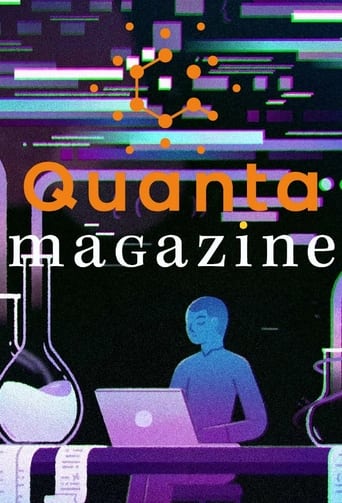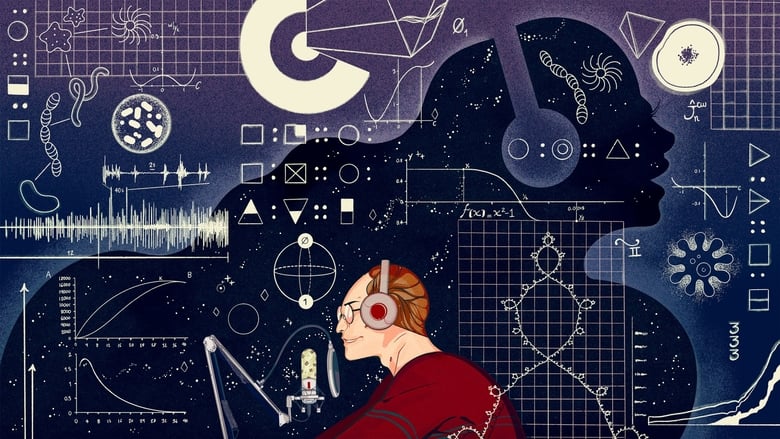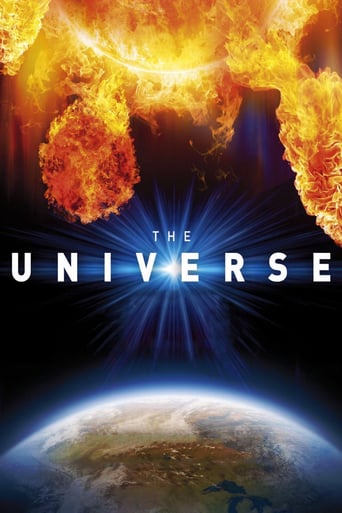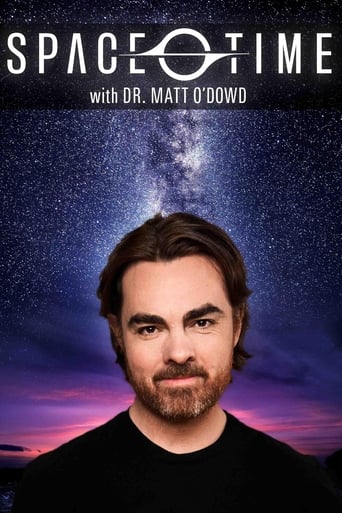


Explore mind-bending developments in basic science and math research. Quanta Magazine is an award-winning, editorially independent magazine published by the Simons Foundation.
Season

Mathematicians made major progress in 2022, solving a centuries-old geometry question called the interpolation problem, proving the best way to minimize the surface area of clusters of up to five bubbles, and proving a sweeping statement about how structure emerges in random sets and graphs.

Almost a century ago, Albert Einstein realized that the equations of general relativity could produce wormholes. But it would take a number of theoretical leaps and a “crazy” team of experimentalists to build one on Google's quantum computer.

In his senior year of high school, Daniel Larsen proved a key theorem about Carmichael numbers — strange entities that mimic the primes. “It would be a paper that any mathematician would be really proud to have written,” said one mathematician. Read more at Quanta Magazine: https://www.quantamagazine.org/teenager-solves-stubborn-riddle-about-prime-number-look-alikes-20221013

"Students haven't been taught that math is discovery," says Richard Rusczyk, founder of Art of Problem Solving. "Math is a creative discipline—you're creating castles in the sky." Rusczyk has a vision for bringing “joyous, beautiful math” — and problem-solving — to classrooms everywhere. Read more at Quanta Magazine: https://www.quantamagazine.org/richard-rusczyk-is-a-math-evangelist-who-preaches-problem-solving-20220913/

Condensed matter physics is the most active field of contemporary physics and has yielded some of the biggest breakthroughs of the past century. But as rapidly as technology has advanced, scientists have only scratched the surface. Now for the first time, Jie Shan and Fai Mak, a married couple of physicists at Cornell University, have figured out a way to create artificial atoms in the lab, opening the door to a new era in research.

As an evolutionary biochemist at University College London, Nick Lane explores the deep mystery of how life evolved on Earth. His hypothesis that life arose through primitive metabolic reactions in deep-sea hydrothermal vents illuminates the outsized role that energy may have played in shaping evolution.

In a 1967 letter to the number theorist André Weil, a 30-year-old mathematician named Robert Langlands outlined striking conjectures that predicted a correspondence between two objects from completely different fields of math. The Langlands program was born. Today, it's one of the most ambitious mathematical feats ever attempted. Its symmetries imply deep, powerful and beautiful connections between the most important branches of mathematics. Many mathematicians agree that it has the potential to solve some of math's most intractable problems, in time, becoming a kind of “grand unified theory of mathematics," as the mathematician Edward Frenkel has described it. In a new video explainer, Rutgers University mathematician Alex Kontorovich takes us on a journey through the continents of mathematics to learn about the awe-inspiring symmetries at the heart of the Langlands program, including how Andrew Wiles solved Fermat's Last Theorem.

More than three years after the release of the first-ever image of a black hole, scientists from the Event Horizon Telescope (EHT) shared an image of Sagittarius A* (pronounced A-star) — the supermassive specimen sitting at the center of our own Milky Way galaxy. In this video, EHT's astronomers, astrophysicists and data scientists explain the science behind the big discovery.

Leslie Lamport revolutionized how computers talk to each other. The Turing Award-winning computer scientist pioneered the field of distributed systems, where multiple components on different networks coordinate to achieve a common objective. (Internet searches, cloud computing and artificial intelligence all involve orchestrating legions of powerful computing machines to work together.) In the early 1980s, Lamport also created LaTeX, a document preparation system that provides sophisticated ways to typeset complex formulas and format scientific documents. In 1989, Lamport invented Paxos, a “consensus algorithm” that allows multiple computers to execute complex tasks; without it, modern computing could not exist. He’s also brought more attention to a handful of problems, giving them distinctive names like the bakery algorithm and the Byzantine Generals Problem.

A playful polymath who is prone to leaping from string theory to Proust in mid-conversation, Vijay Balasubramanian of the University of Pennsylvania is a physicist, computer scientist and neuroscientist. He has made fundamental contributions to theories of black holes and quantum gravity by studying the information content of various systems, and he directs an entire second research group at Penn that details how the world’s physical features have sculpted the brain. In this video, Balasubramanian discusses his interdisciplinary work and the importance of education in the humanities. Read more at Quanta Magazine: https://www.quantamagazine.org/pondering-the-bits-that-build-space-time-and-brains-20220420

Steven Strogatz — the acclaimed mathematician and author — hosts the new Quanta Magazine podcast "The Joy of Why." On March 18, 2022, he joined Quanta editor Thomas Lin for a Simons Foundation Presents conversation about teaching, writing and podcasting.

Trichoplax adhaerens is a species of placozoa, the simplest animals at the base of the tree of life. It doesn't have a nervous system, yet it exhibits complex behaviors. How is this possible? The answer could illuminate the origins of the nervous system—and the future of robotics. “It’s a tour de force of biophysics,” said Orit Peleg of the University of Colorado, Boulder.

Jordan Ellenberg, a mathematician at the University of Wisconsin, Madison, enjoys studying the math underlying everyday phenomena. “Mathematics is part of the creative world,” Ellenberg says. “We create things all the time.”

Celia Escamilla-Rivera discusses how she is using the tools of precision cosmology to hunt for a theory of gravity—in particular, teleparallel gravity—that incorporates dark energy more naturally than general relativity does. Read more at Quanta Magazine: https://www.quantamagazine.org/in-mexico-cosmologist-hunts-for-cracks-in-einsteins-gravity-theory-20220223/
















